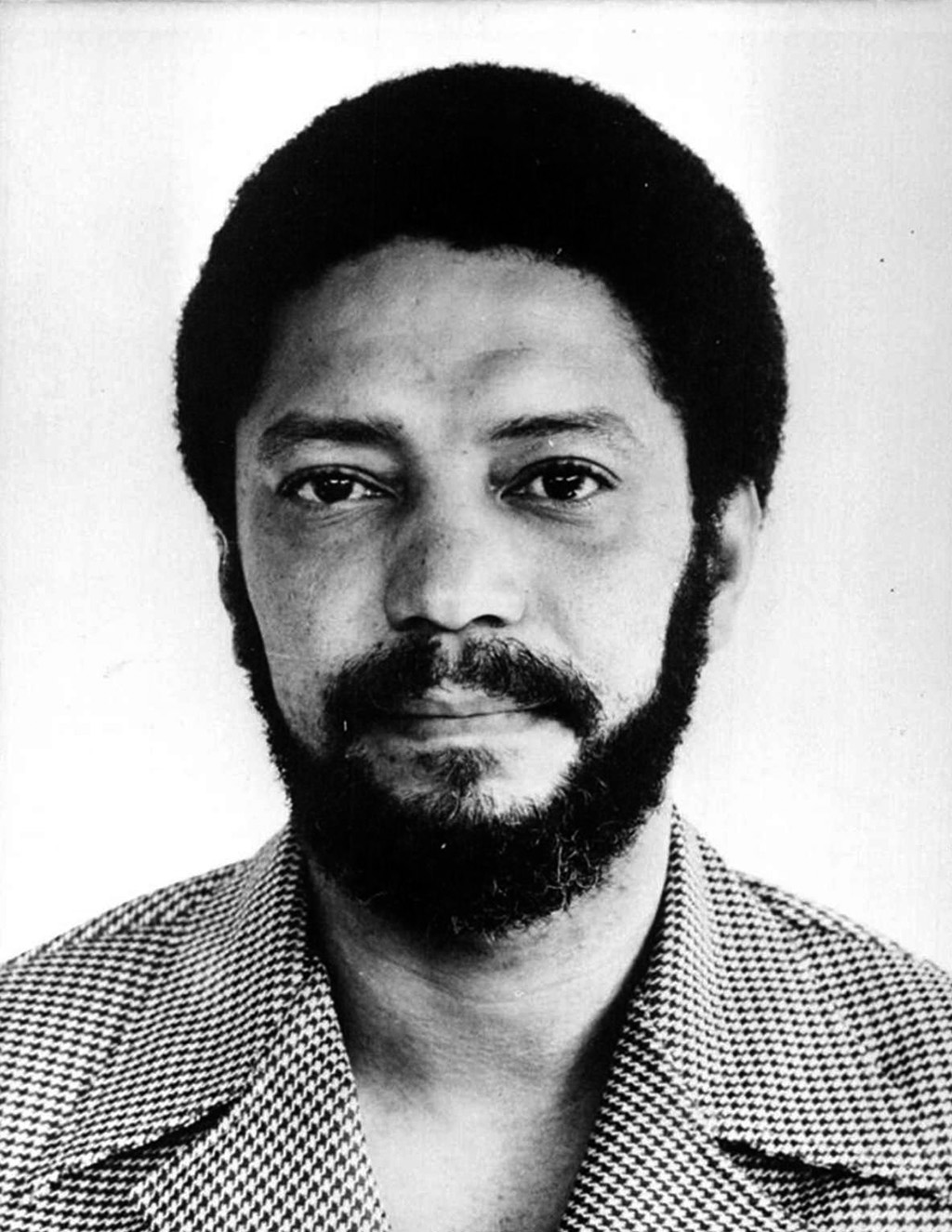Maurice Bishop | |
|---|---|
 | |
| Born | 29 May 1944 Aruba, Netherlands Antilles |
| Died | 19 October 1983 Saint George's, Grenada |
| Cause of death | Firing squad |
| Nationality | Grenadian |
| Political orientation | Marxism–Leninism Pan-Africanism Anti-imperialism Anti-colonialism |
Maurice Bishop (29 May 1944 — 19 October 1983) was a Marxist–Leninist revolutionary who served as the Prime Minister of the People's Revolutionary Government of Grenada from 1979 until his assassination in 1983. He took power after the overthrow of Eric Gairy, who had ruled for almost 30 years and believed that he had been appointed by God.[1]
Pre-revolution
In the early 1970's, the Movement for the Assembly of the People, led by Maurice Bishop, was founded. In March 1973, it merged with the Joint Endeavour for Welfare, Education, and Liberation (JEWEL) to form the anti-capitalist New Jewel Movement. In 1976, Bishop became the opposition leader of the Grenadian parliament.[1]
Grenadian revolution
On 13 March 1979 Bishop and the New Jewel Movement overthrew Gairy's government while Gairy was absent from the island. After taking power, Bishop began a program to stop inflation of food prices and improve housing, clothing, education, health, food, and recreation. The National Importing Board was established shortly after the revolution and reduced the cost of basic commodities such as rice and sugar. Hotels and farms which had been illegally acquired by Gairy were nationalized, but most of the economy remained privately owned.
In 1980, the National Cooperative Development Agency was established to start agricultural cooperatives, mostly run by formerly unemployed people. There were also 30 state-owned farms that had been owned by Gairy's administration before the revolution. Workers at these farms were given one-third of the farm's profit and the rest was given to the state.[1]
Assassination
Bishop was assassinated on 19 October 1983 at Fort Rupert, Grenada, by a firing squad after being broken out of house arrest by his supporters. Six days later, the United States took advantage of the resulting turmoil on the island to invade, which they had prepared for months, ending the revolutionary government.
References
- ↑ 1.0 1.1 1.2 John S. Brierley (1985). A Review of Development Strategies and Programmes of the People's Revolutionary Government in Grenada, 1979-83 (pp. 40–47). The Royal Geographical Society.